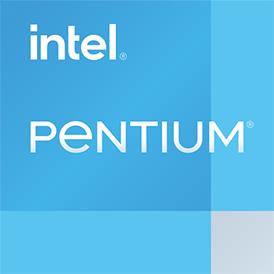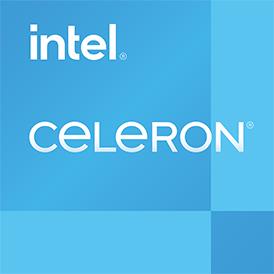Intel Pentium N3710 or
Intel Pentium N3710 – which processor offers superior performance? In this comparison, we examine disparities and assess which of these two CPUs outperforms the other. We delve into technical specifications and benchmark outcomes.
The
Intel Pentium N3710 features
4 processor cores and has the capability to manage 4 threads concurrently.
It was released in Q1/2016 and belongs to the 7 generation of the
Intel Pentium series.
To use the Intel Pentium N3710, you'll need a motherboard with a
BGA 1170 socket.
The
Intel Celeron M 373 features
1 processor cores and has the capability to manage 1 threads concurrently.
It was released in Q2/2004 and belongs to the 0 generation of the
Intel Celeron series.
To use the Intel Celeron M 373, you'll need a motherboard with a
BGA 479 socket.
 iGPU - FP32 Performance (Single-precision GFLOPS)
iGPU - FP32 Performance (Single-precision GFLOPS)

